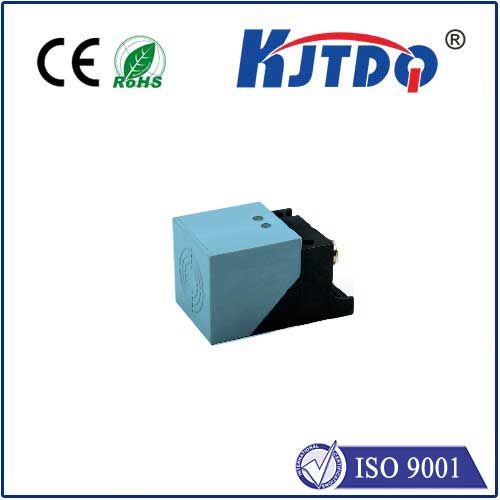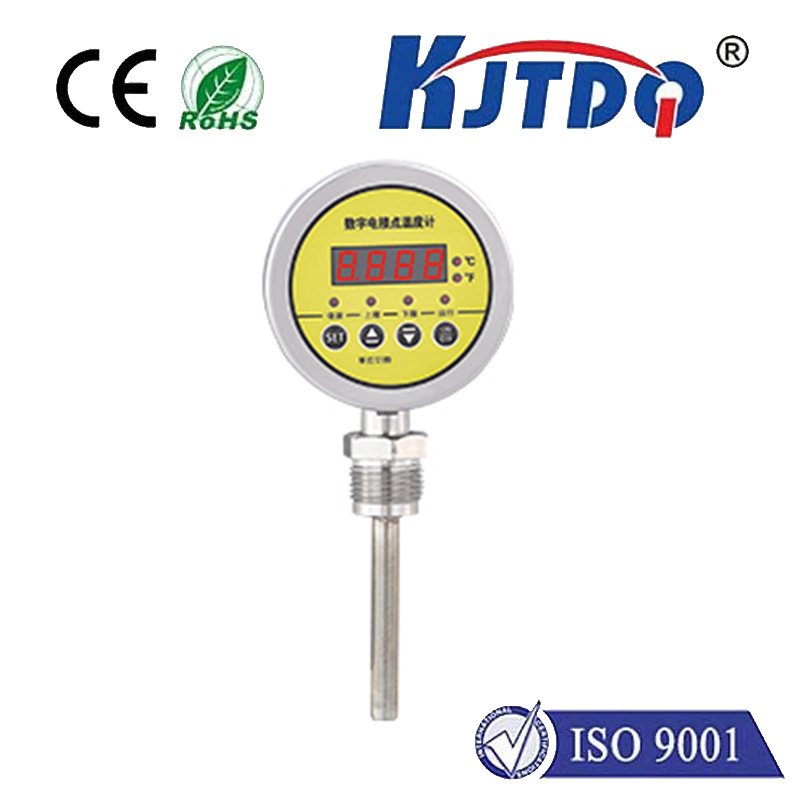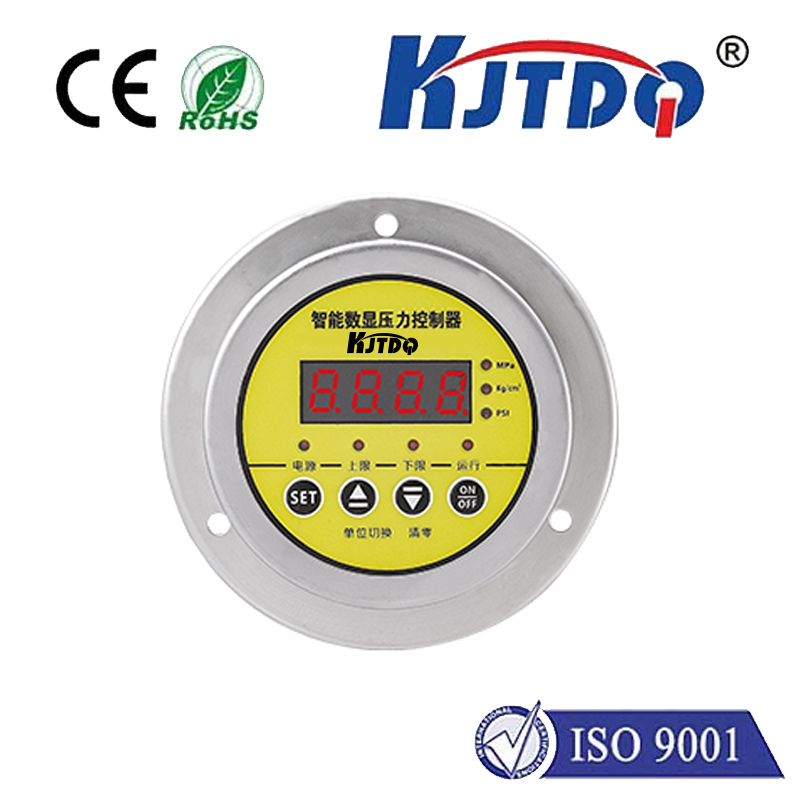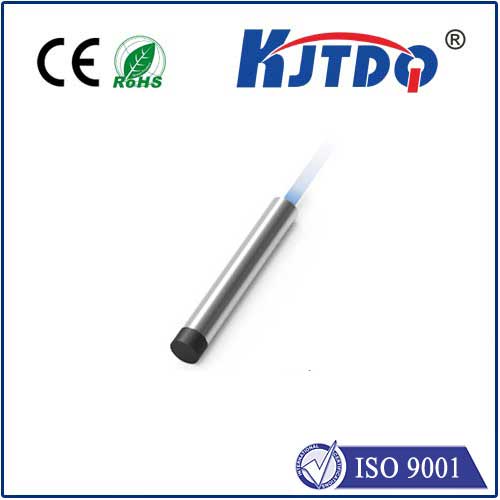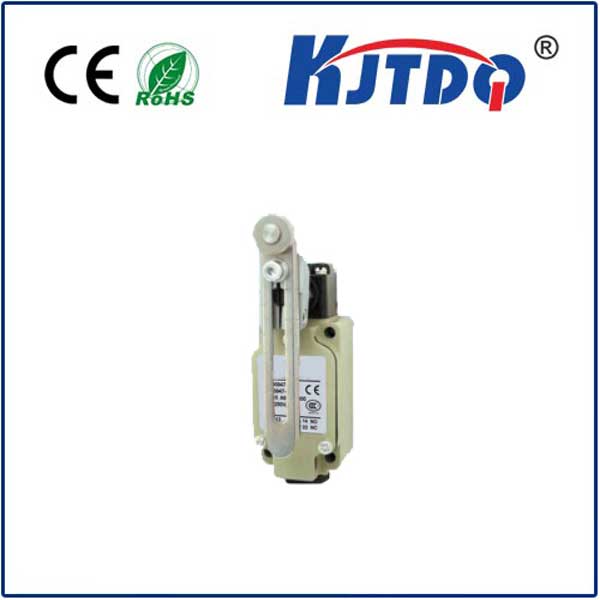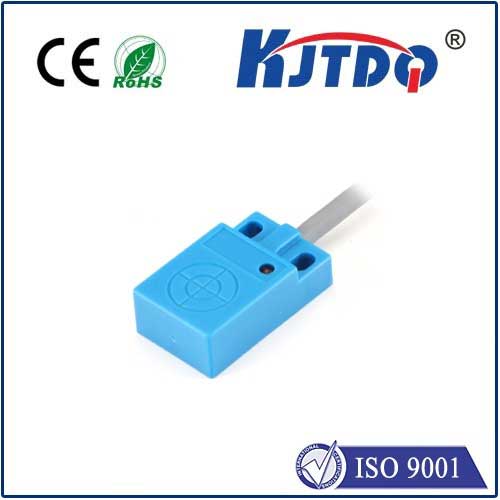heat temperature sensor
- time:2025-08-21 04:25:44
- Нажмите:0
Understanding Heat Temperature Sensors: Your Guide to Types and Applications
Temperature is fundamental. It dictates the behavior of matter, governs chemical reactions, and is a critical parameter in an astonishingly vast array of processes, from brewing coffee to launching rockets. At the heart of reliably measuring this ubiquitous physical quantity lies the humble yet sophisticated heat temperature sensor. These devices are our silent guardians, constantly translating the invisible energy of heat into comprehensible data that powers control, safety, and efficiency across countless domains.
Essentially, a temperature sensor is a device designed to detect thermal energy and convert that detection into an electrical signal or another readable output. This output, whether voltage, resistance, current, or even a digital code, becomes a proxy for the temperature being measured. The underlying principle leverages the fact that certain physical properties of materials change predictably in response to temperature fluctuations. Precise measurement hinges on understanding and accurately interpreting these changes.
The Diverse World of Temperature Sensors: Choosing the Right Tool

Numerous sensing technologies exist, each with unique strengths, limitations, and ideal applications. Understanding these variations is key to effective implementation:
- Thermocouples: Arguably the most widely used industrial heat temperature sensor. They operate on the Seebeck effect, where joining two dissimilar metals creates a voltage proportional to the temperature difference between the junction (measuring point) and the connection point (reference point). They offer:
- Broad temperature ranges: Capable of measuring from cryogenic temperatures (-200°C) upwards of 2300°C.
- Ruggedness: Simple, robust construction makes them suitable for harsh environments.
- Rapid response: Relatively fast reaction to temperature changes.
- Cost-effectiveness: Generally inexpensive.
- Considerations: Require a stable reference temperature (compensated within modern circuitry) and produce relatively small voltages (mV level), making them susceptible to electrical noise.
- Resistance Temperature Detectors (RTDs): These sensors rely on the predictable change in electrical resistance of pure metals (like platinum, nickel, or copper) with temperature. Platinum RTDs (Pt100, Pt1000) are the gold standard for high accuracy and stability.
- Exceptional accuracy and linearity: Offer some of the most precise temperature readings available.
- Excellent stability: Maintain calibration over long periods.
- Wide operating range: Though typically used from -200°C to +850°C.
- Relatively simple signal conditioning.
- Considerations: More expensive than thermocouples. More fragile construction. Slower response time. Requires external current excitation.
- Thermistors: These are semiconductor-based sensors whose resistance changes significantly with temperature. They come in two primary flavors:
- Negative Temperature Coefficient (NTC Thermistors): Resistance decreases as temperature increases. Known for high sensitivity within a limited range (typically -100°C to +300°C). Ideal for precise measurements in narrower bands (e.g., body temperature, fluid levels).
- Positive Temperature Coefficient (PTC Thermistors): Resistance increases as temperature increases. Often used for over-temperature protection or current limiting (e.g., motor start windings, circuit protection), rather than broad-range measurement.
- Considerations: Highly non-linear response requires complex signal processing. Small operating range compared to thermocouples/RTDs. Self-heating can cause errors.
- Infrared (IR) Sensors / Thermometers: These are non-contact heat temperature sensors that detect the infrared radiation emitted by an object. The intensity of this radiation correlates with the object’s surface temperature.
- Non-contact operation: Crucial for moving objects, hazardous environments, or where contact would be intrusive or contaminate.
- Very fast response: Measures surface temperature almost instantly.
- Measuring high temperatures: Excellent for extremely hot targets.
- Considerations: Measures surface temperature only. Accuracy significantly affected by the object’s emissivity, distance, and environmental conditions (dust, steam, intervening gases). Typically more expensive than contact sensors.
Where Heat Temperature Sensors Power Our World
The applications are virtually limitless, but some key sectors demonstrate their critical importance:
- Industrial Process Control: The backbone of manufacturing. Sensors monitor and control temperatures in furnaces, reactors, kilns, refineries, and pipelines, ensuring product quality, process efficiency, and safety. A malfunctioning sensor can lead to catastrophic failures or massive product loss.
- Automotive: Modern vehicles incorporate dozens of sensors. They monitor engine coolant, oil, intake air, exhaust gas (for emissions control), cabin climate, battery packs (crucial for EVs), transmission fluid, and tire pressure (indirectly via temperature changes). This data is vital for engine management, emissions compliance, passenger comfort, and safety systems.
- HVAC (Heating, Ventilation, and Air Conditioning): Central to maintaining comfortable and healthy indoor environments. Sensors monitor ambient air, return air, supply air, outdoor air, coil temperatures, and refrigerant lines, enabling efficient system operation and precise climate control.
- Medical and Healthcare: Critical for patient monitoring (core body temperature, skin temperature), diagnostic equipment (incubators, autoclaves, sterilizers), therapeutic devices (dialysis machines, hyper/hypothermia systems), and storage (blood banks, refrigerated pharmaceuticals).
- Consumer Electronics: Prevent overheating in smartphones, laptops, gaming consoles, and batteries. Control cooking cycles in ovens, microwaves, and coffee makers. Enable comfort features like smart thermostats.
- Food and Beverage Processing: Essential for ensuring food safety during pasteurization, sterilization, cooking, chilling, freezing, and storage (cold chain monitoring). Precise temperature control guarantees quality and longevity.
- Aerospace and Defense: Monitor critical engine, hydraulic system, electronic bay, and surface temperatures in aircraft and spacecraft. Essential for performance, structural integrity, and crew safety in extreme environments.
- Energy Production: Monitor temperatures in boilers, turbines, generators, transformers, and nuclear reactors to optimize efficiency and prevent dangerous overheating.
- Environmental Monitoring: Track air, water, and soil temperatures for weather forecasting, climate research, agricultural planning, and pollution control.
Selecting the Optimal Heat Temperature Sensor: Key Considerations
Choosing the right sensor isn’t a one-size-fits-all proposition. Critical factors include:
- Temperature Range: What minimum and maximum temperatures need measurement?
- Accuracy and Stability Requirements: How precise does the reading need to be, and for how long without recalibration?
- Response Time: How quickly must the sensor react to temperature changes?
- Required Environment: Will it face vibration, moisture, chemicals, pressure, electrical noise, or extreme conditions?
- Physical Constraints: What size and form factor are necessary? Is immersion, surface contact, or non-contact needed?
- Output Signal and Compatibility: What type of signal (mV, resistance, digital) is required, and does it integrate with existing monitoring/control systems?
- Cost and Lifecycle: What is the project budget, and what is the expected sensor lifespan?
Investing time in understanding these parameters ensures the chosen temperature sensor delivers reliable data critical for the success, safety, and efficiency of any application.
From the convenience of our coffee makers to the complexities of a jet engine,

